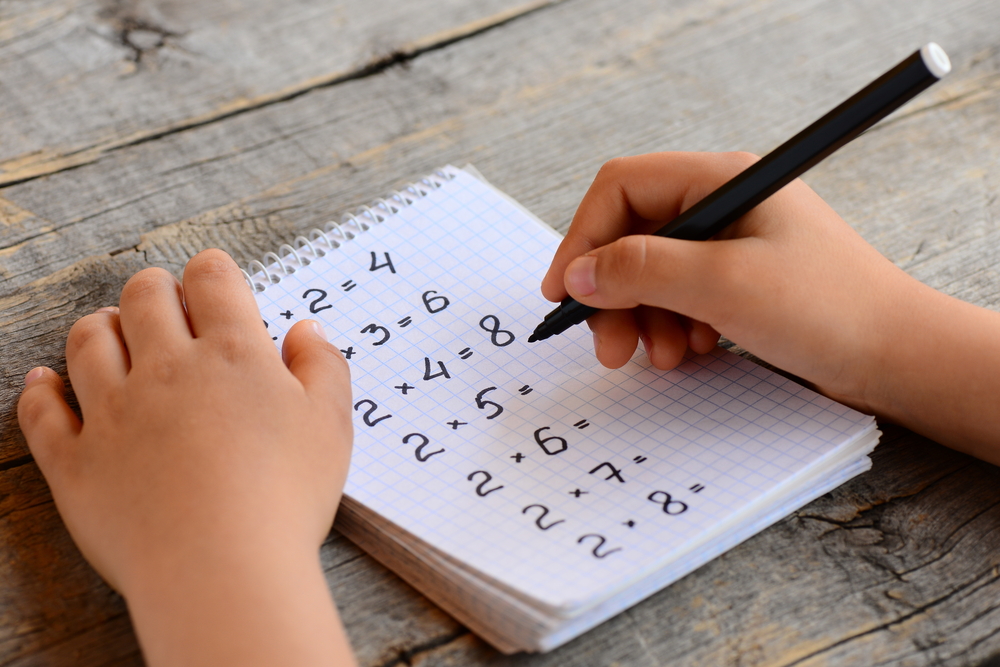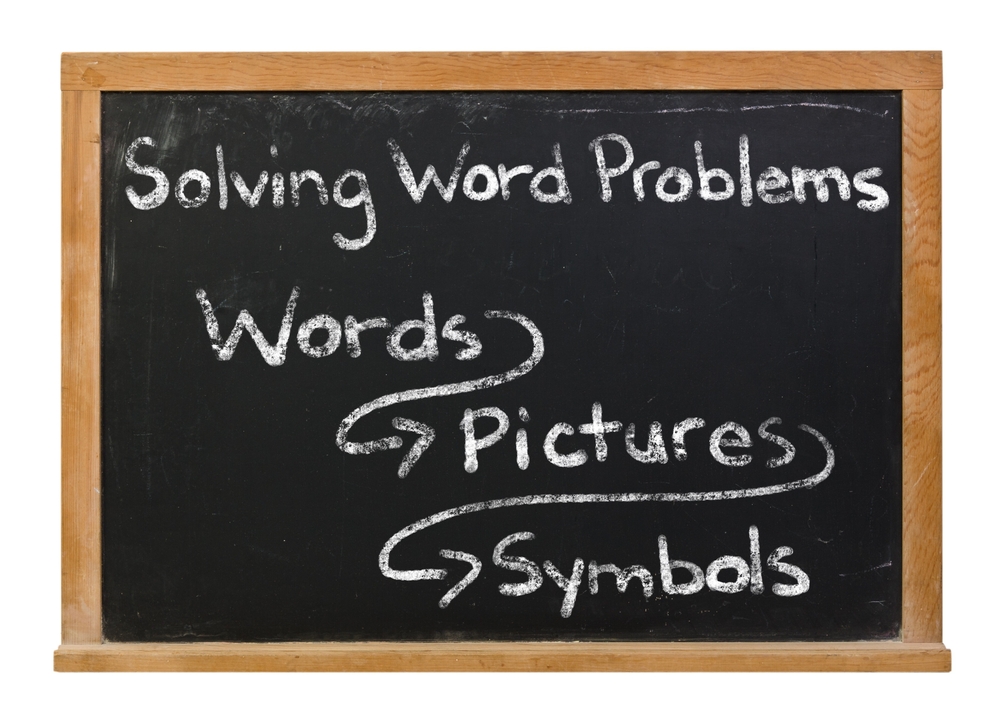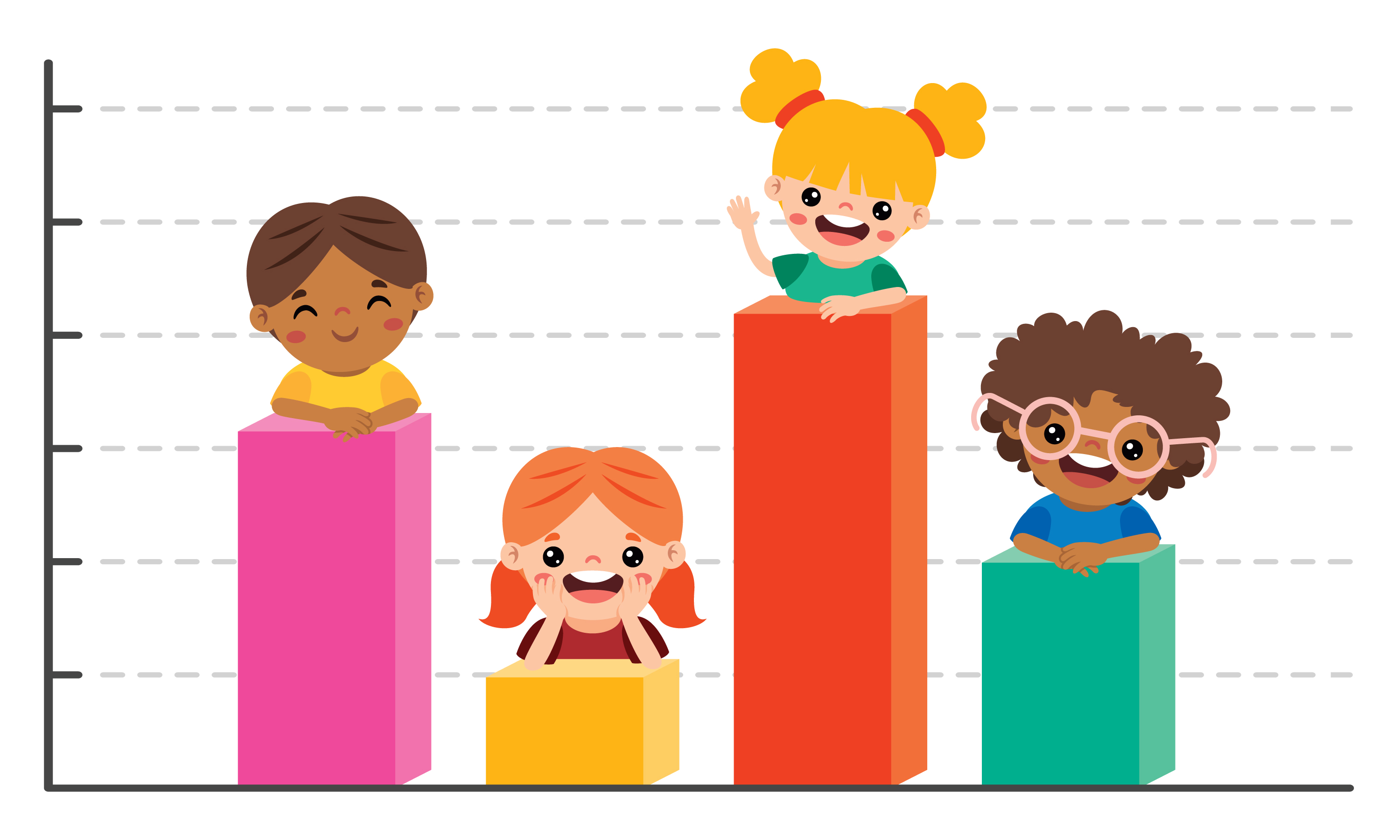Subtraction Worksheets for Ages 7-9
74 filtered results
-
From - To
Enhance your child's math skills with our engaging Subtraction Worksheets for Ages 7-9. Perfect for second and third graders, these worksheets offer a variety of exercises designed to make learning subtraction fun and effective. Each worksheet emphasizes both basic and advanced subtraction concepts, ensuring that students build a strong mathematical foundation. Through activities like column subtraction, word problems, and number lines, kids will gain confidence in their subtraction abilities. Ideal for classroom use or homeschool settings, these printable sheets provide comprehensive practice, aimed at improving accuracy and speed in subtraction. Explore our collection today to support your child's learning journey!
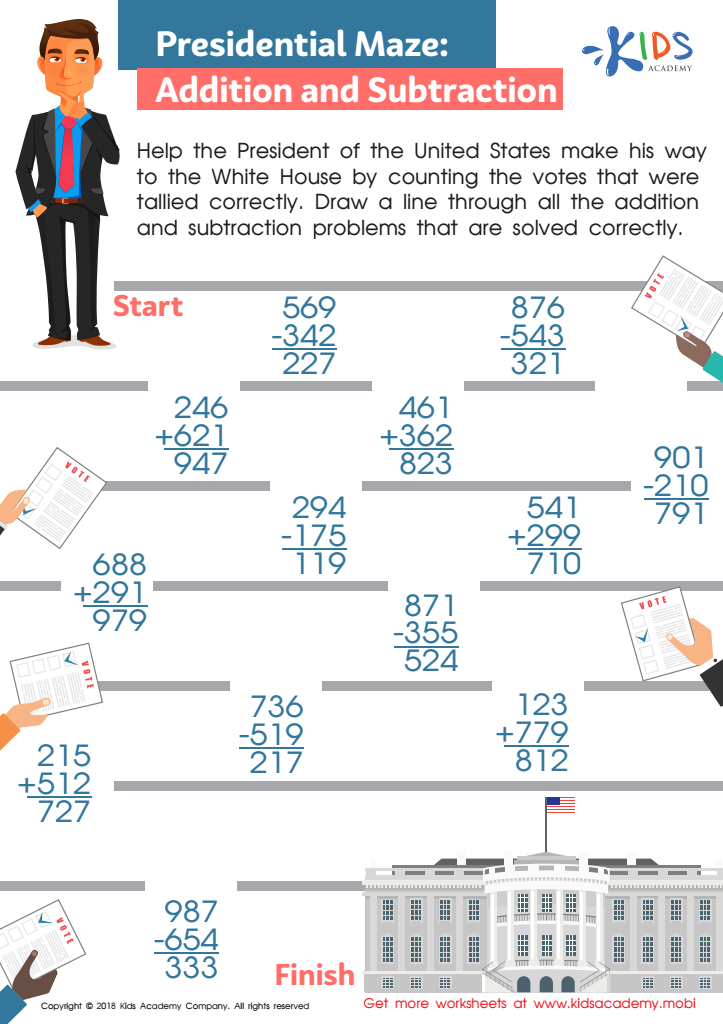

Presidential Maze: Addition and Subtraction Worksheet
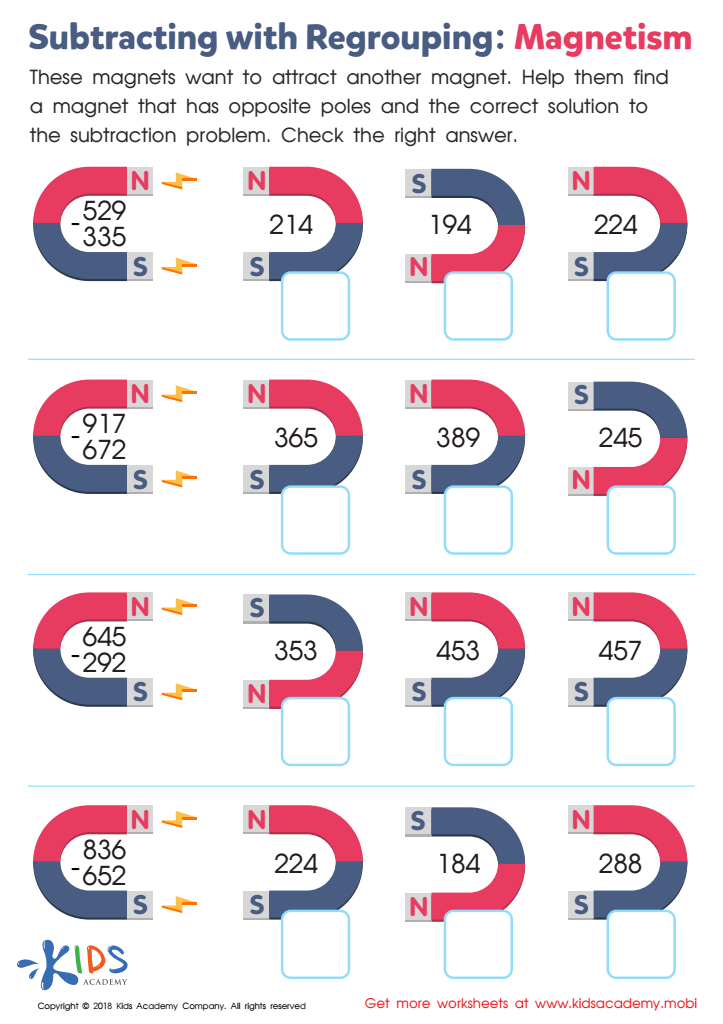

Subtracting with Regrouping: Magnetism Worksheet
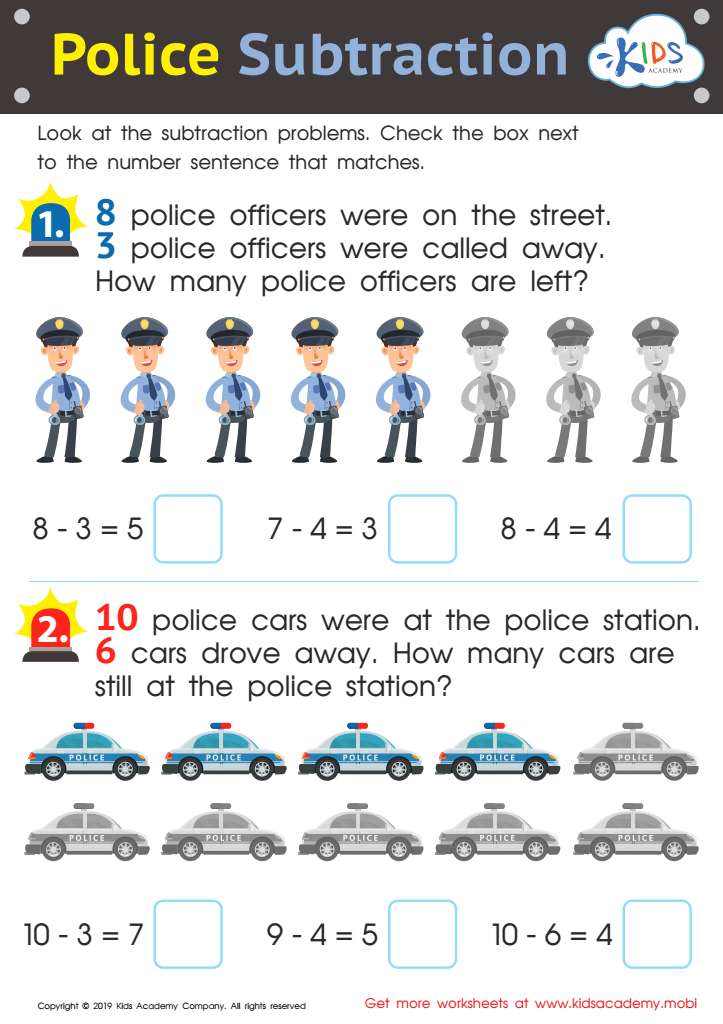

Police Subtraction Worksheet
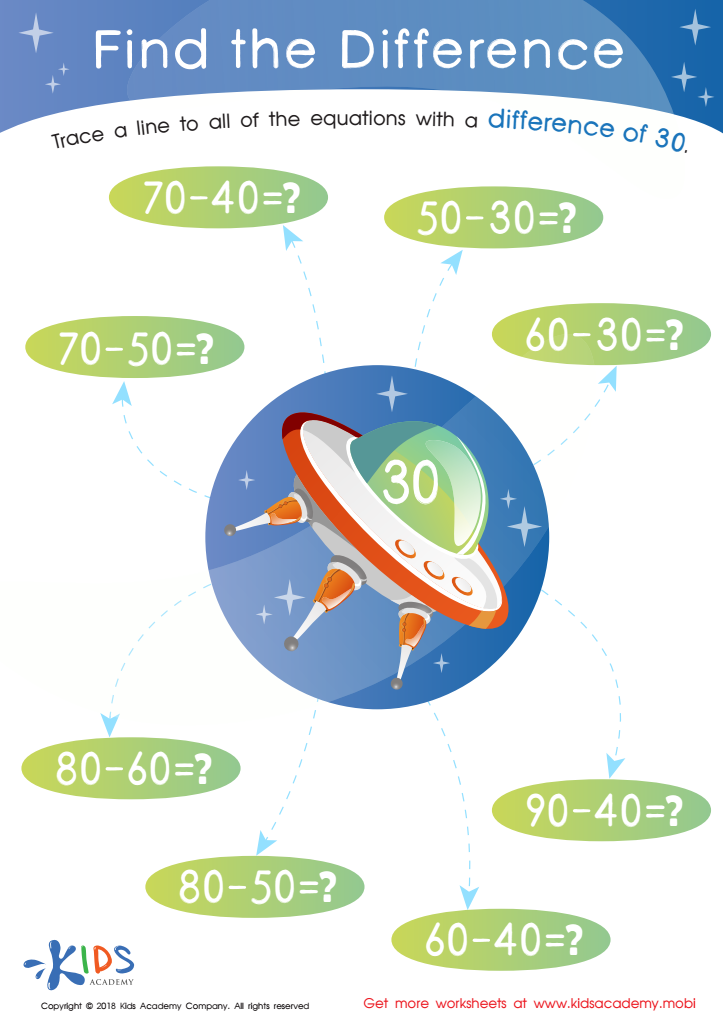

Find The Difference Worksheet
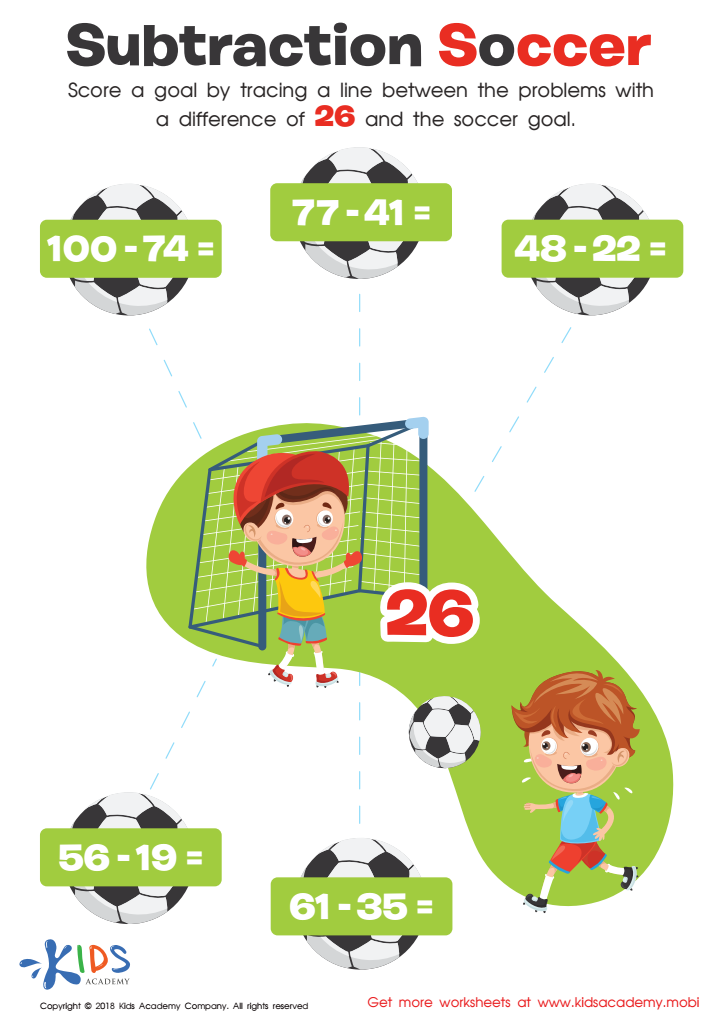

Subtraction Soccer Worksheet
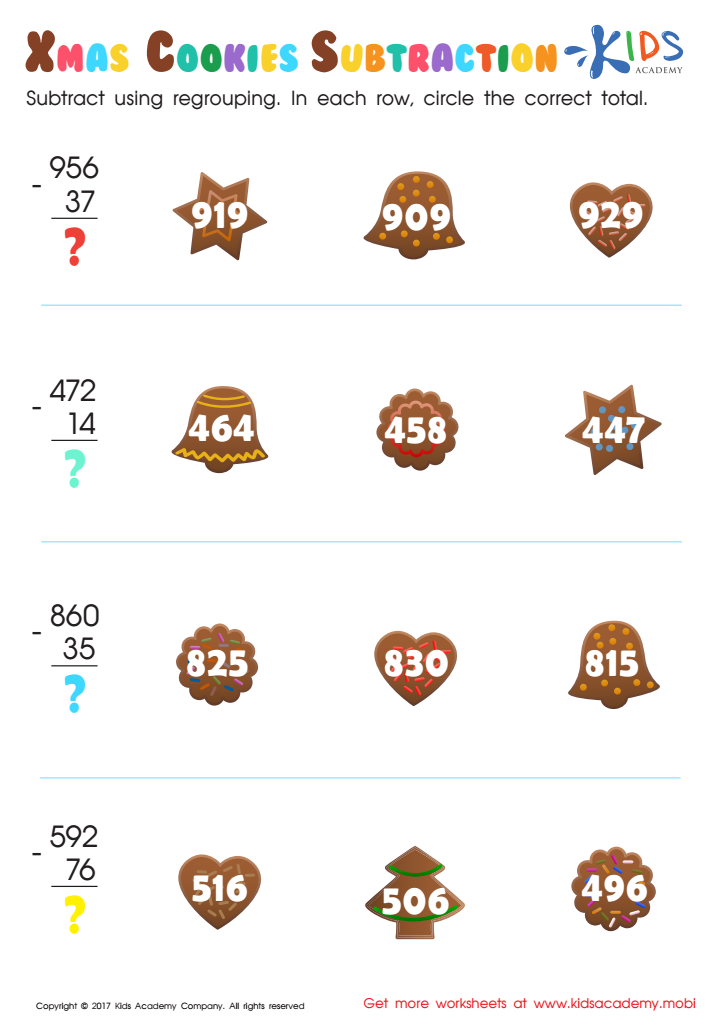

Three Digits Addition with Regrouping Worksheet
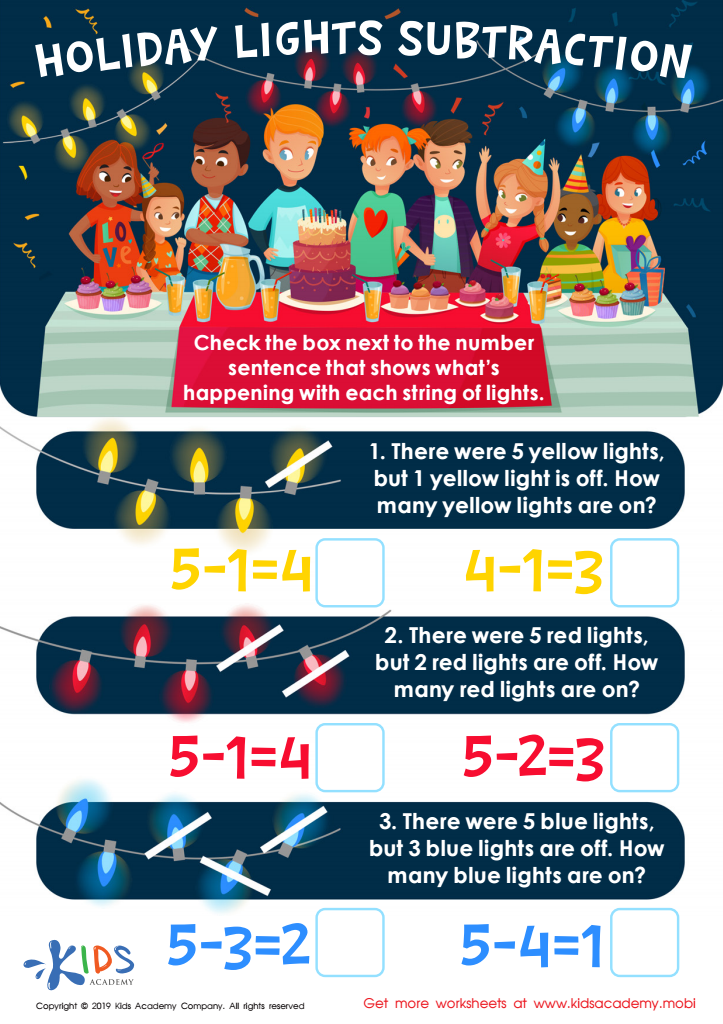

Holiday Lights Subtraction Worksheet
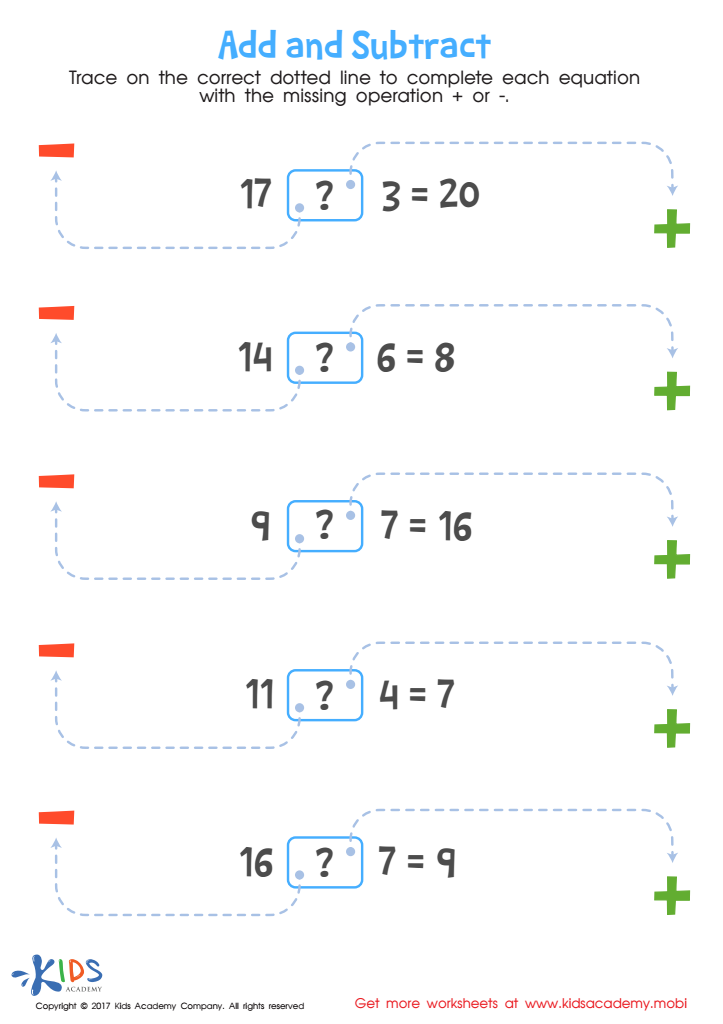

Add and Subtract Worksheet
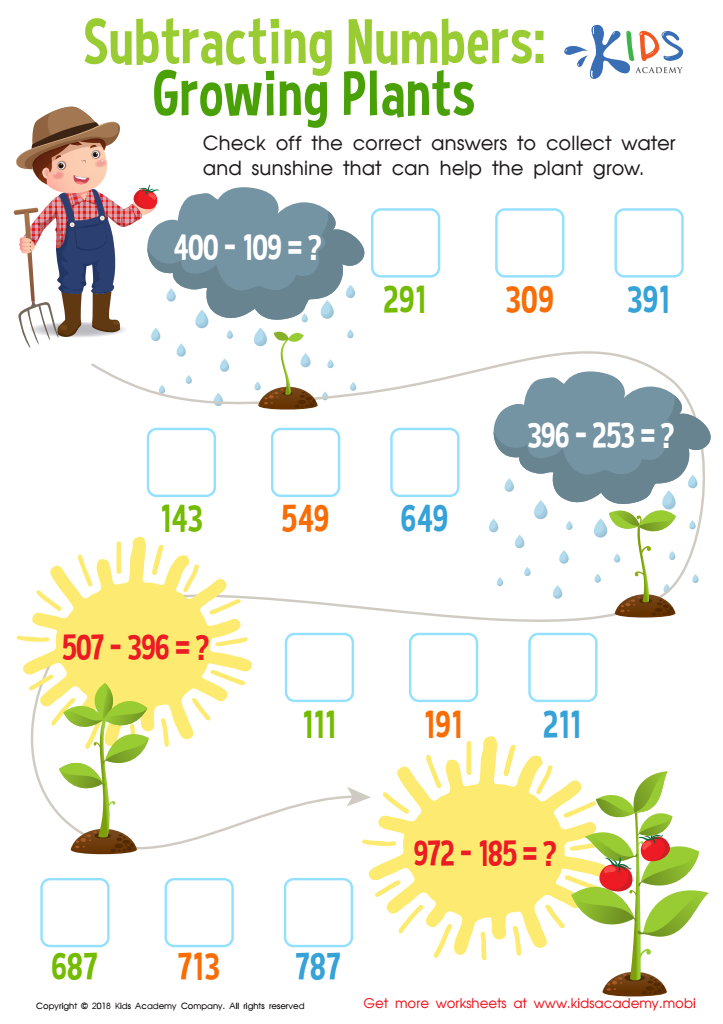

Subtracting Numbers: Growing Plants Worksheet
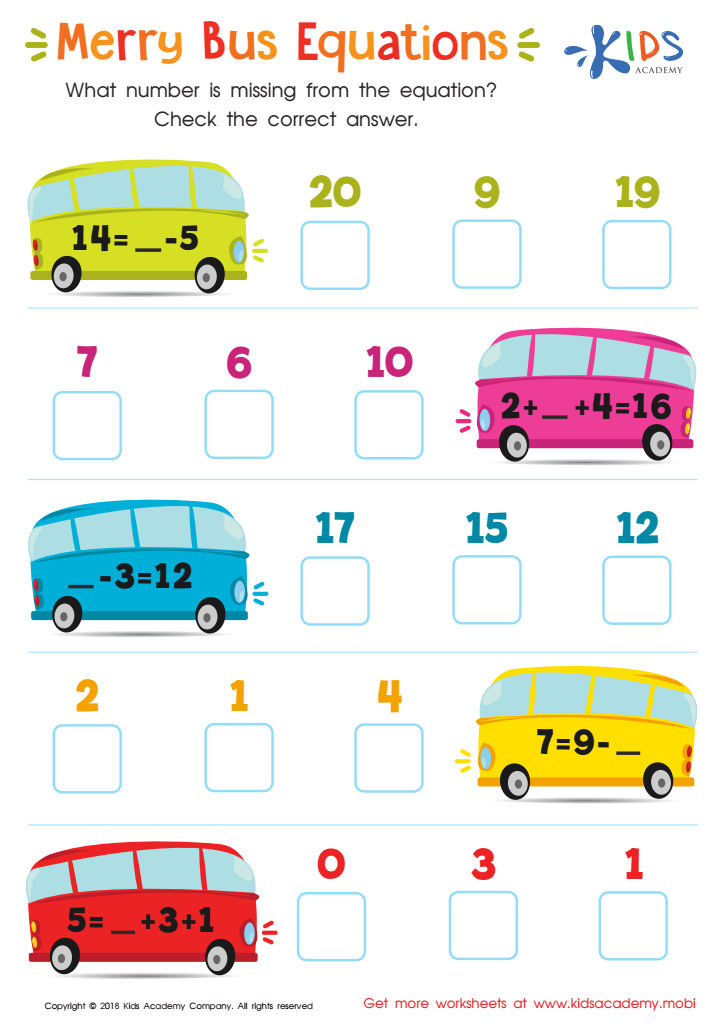

Merry Bus Equations Worksheet


Subtracting Socks Worksheet
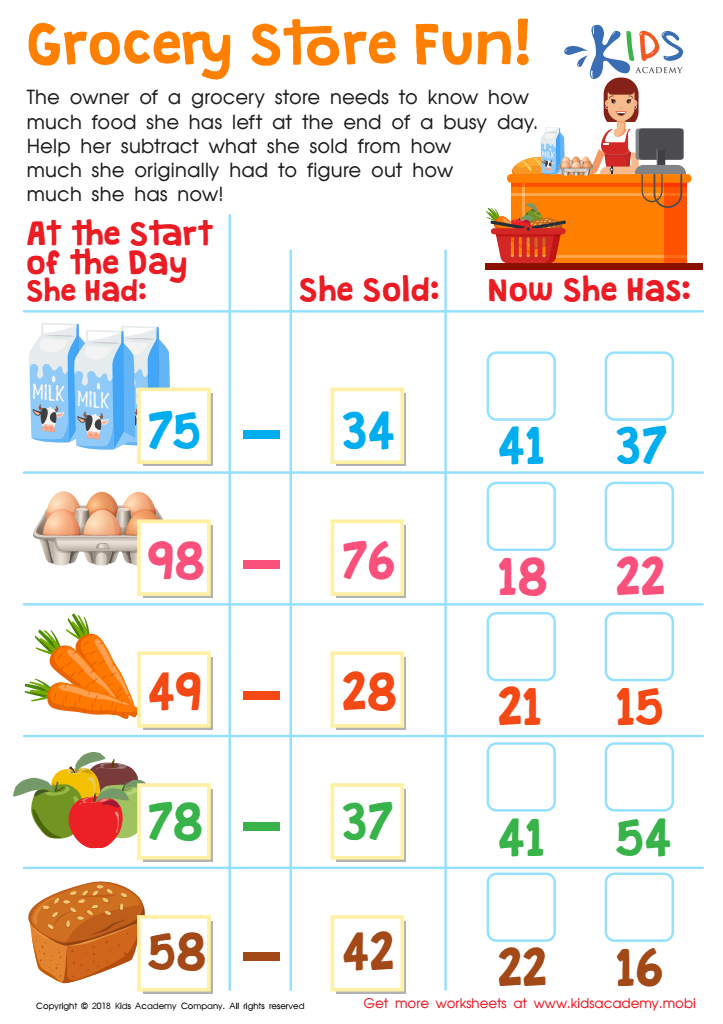

Grocery Store Fun! Worksheet


The Three Branches of Government Worksheet
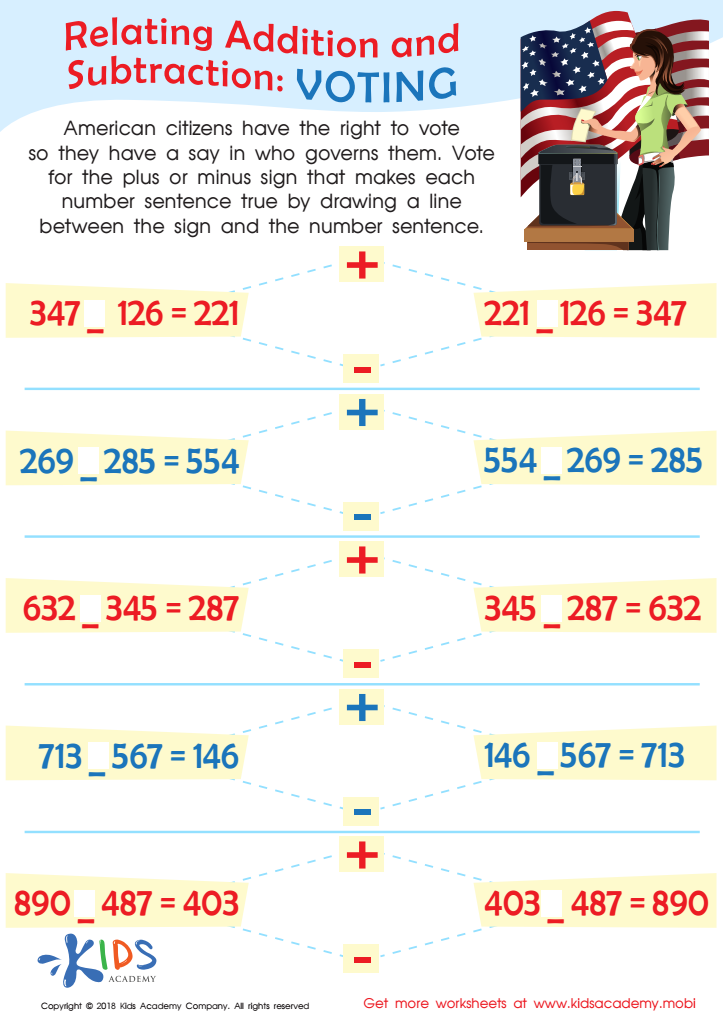

Voting Worksheet
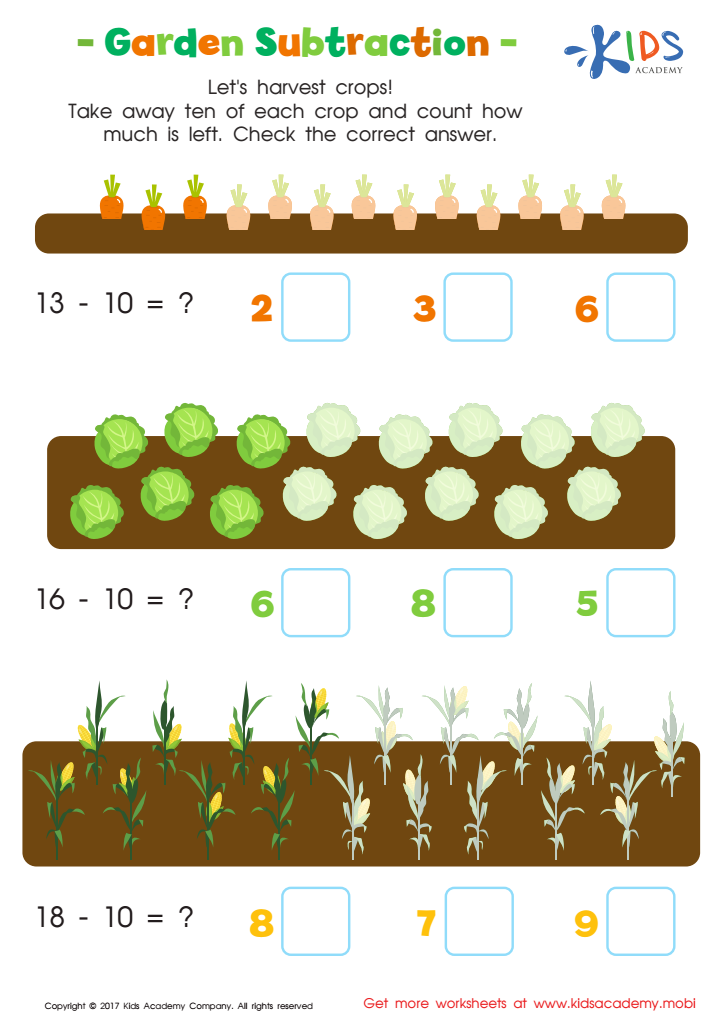

Garden Subtraction Worksheet
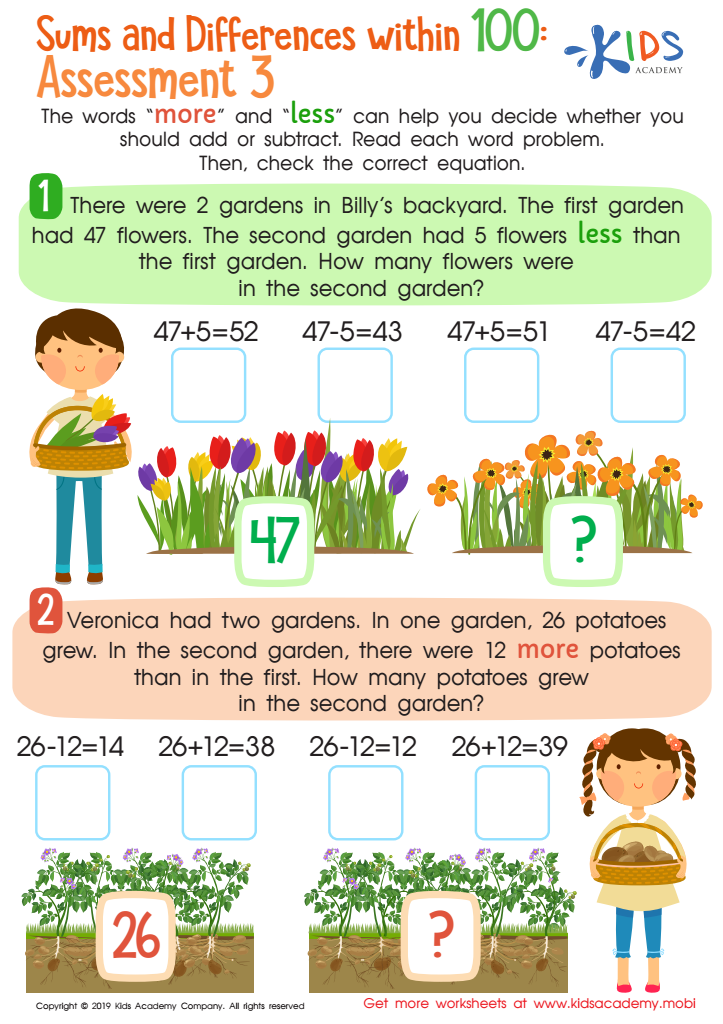

Sums and Differences Within 1 - Assessment 1 Worksheet
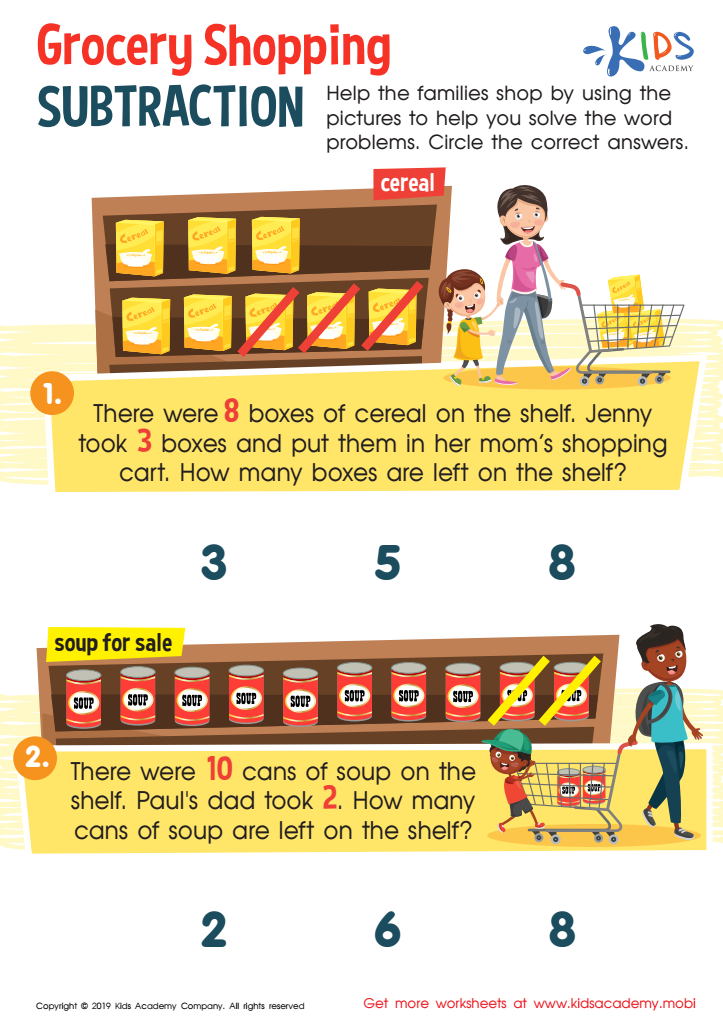

Grocery Shopping Subtraction Worksheet


Instrument Subtraction Worksheet
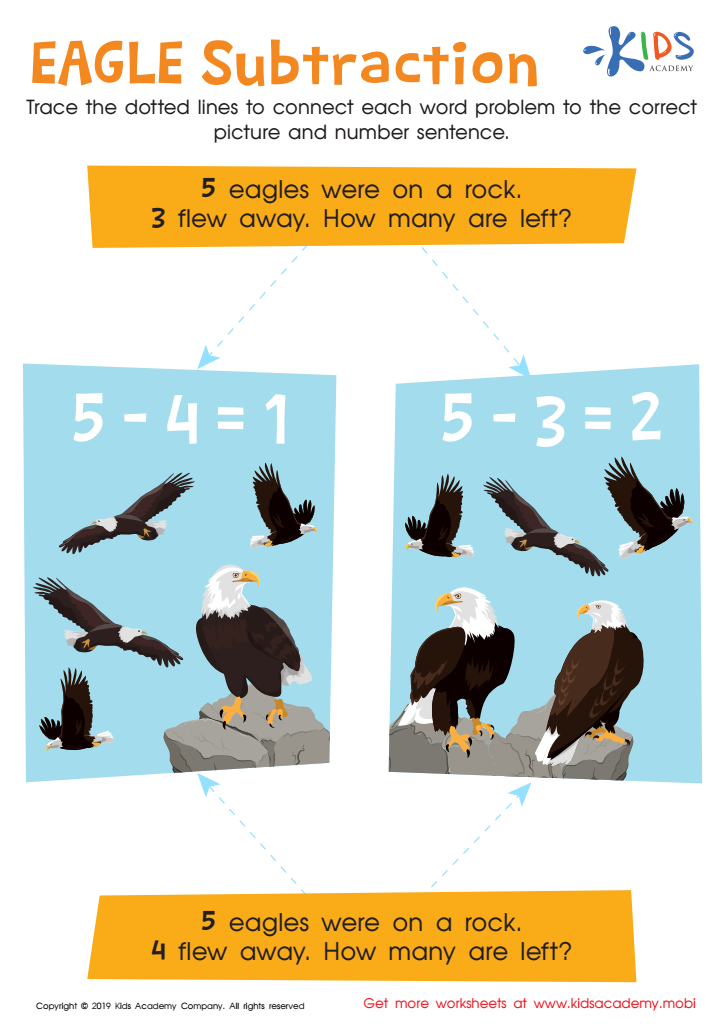

Eagle Subtraction Worksheet
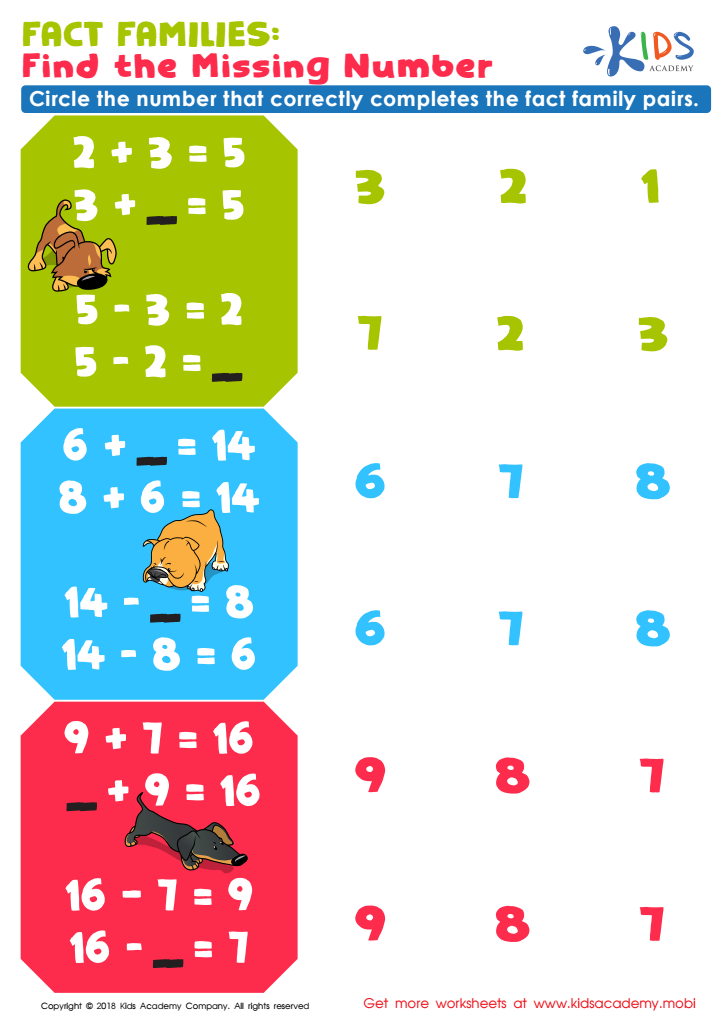

Fact Families: Find Missing Number Worksheet


Addition and Subtraction within 100: Assessment 1 Worksheet


Adding Numbers: Conservation Worksheet
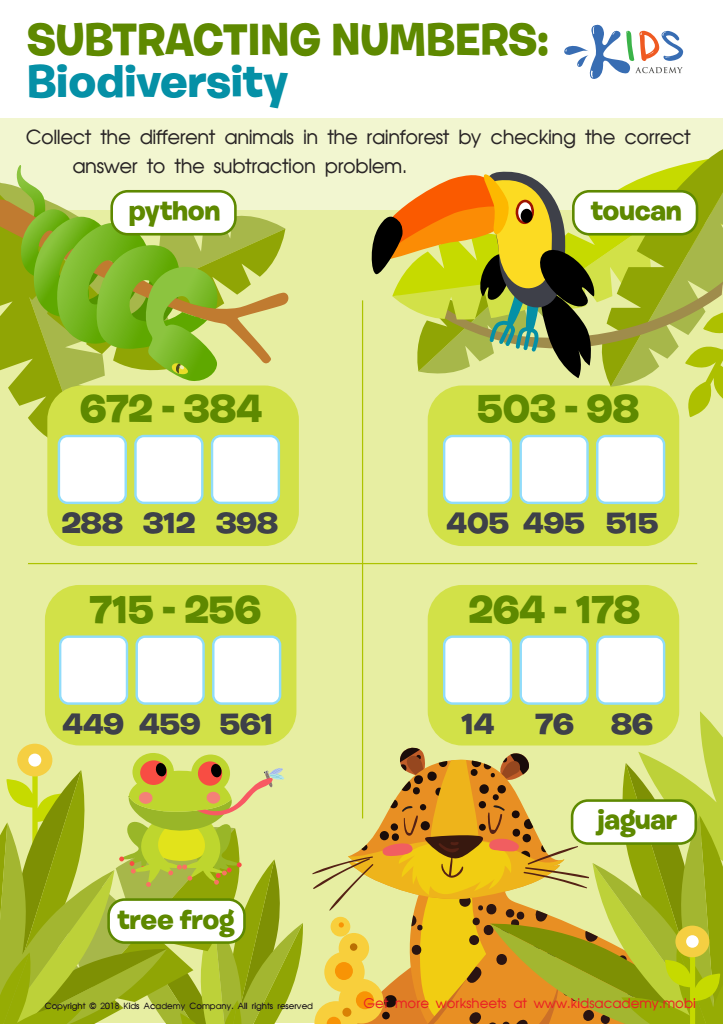

Subtracting Numbers: Biodiversity Worksheet
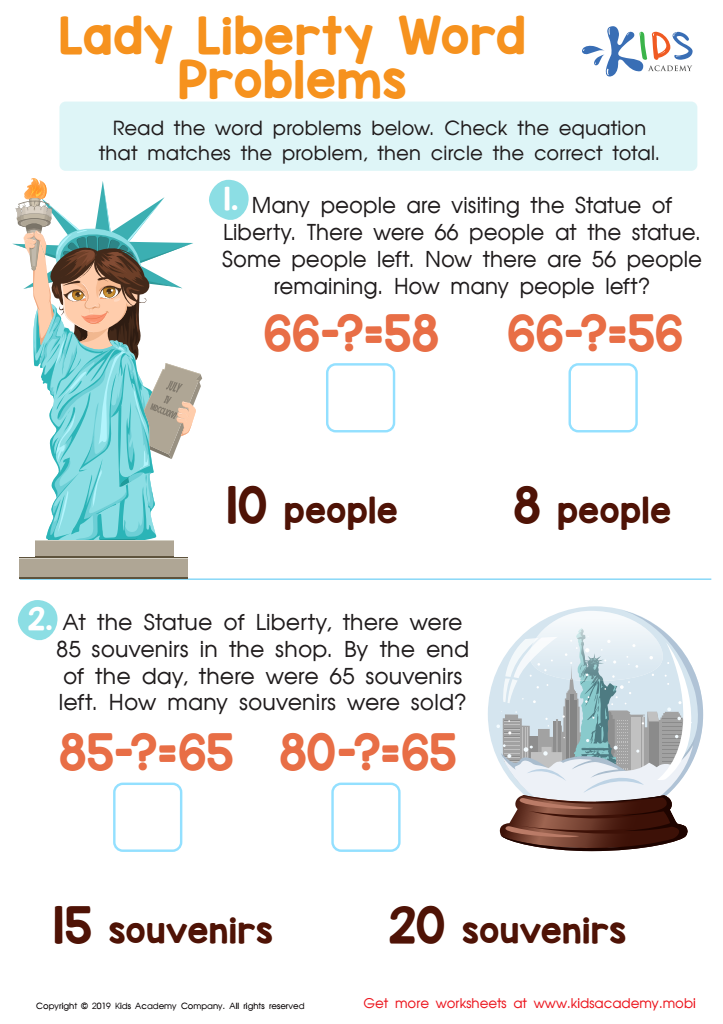

Lady Liberty Worksheet
Subtraction is a fundamental mathematical skill crucial for the cognitive development of children ages 7-9. As one of the core building blocks of arithmetic, it not only helps in solving simple mathematical problems but also lays the groundwork for more advanced concepts such as multiplication, division, fractions, and algebra. Mastering subtraction enhances a child's number sense by allowing them to understand the relationships between numbers, the concept of 'taking away,' and solving for 'how many left.'
Early proficiency in subtraction helps children develop problem-solving skills and logical thinking. These skills are not confined to mathematics but are transferable to other academic subjects and everyday life. For instance, understanding subtraction can assist in making change, organizing items, distributing resources, and even basic time management.
From a neurological perspective, engaging with subtraction tasks improves neural connectivity and strengthens memory retention. This blend of cognitive growth and practical application underscores the importance of ensuring that children in this age range receive adequate practice and support in learning subtraction.
Parents and teachers play a pivotal role in this learning journey. By creating a supportive and engaged learning environment, they can foster a positive attitude towards math, alleviate math anxiety, and instill confidence in young learners. Encouraging subtraction fluencies, such as using visual aids, interactive games, and real-life applications, keeps children engaged and enthusiastic about their mathematical progress.
 Assign to My Students
Assign to My Students





